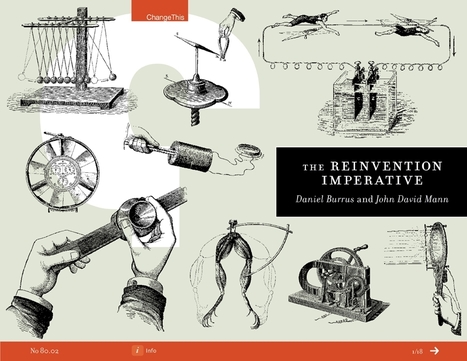The Uncertainty Capability: The Secret to Preparing for the Next Disruption
Answering this question is important on both a personal and organizational level — and regardless of whether you are a technology company or an enterprise. The reason is that the critical capability is not the identification of the next disruptive force, but rather the ability to rapidly adapt to whatever disruption may come.
The reason that many industry leaders missed the significance of the Internet is that we are all subject to something called the “curse of knowledge.” Coined by a Stanford graduate student, it simply means that once we know something to be true, it becomes very difficult to both imagine that anybody else doesn’t know this truth and to break free of the box that the knowledge creates around us.
The current incarnations of Internet-fueled technologies have become our new reality. We understand how it works, we have made plans for the future based on that understanding and are therefore naturally hesitant to accept anything that may challenge that preconception. It is the curse of knowledge in action.
Via David Hain



 Your new post is loading...
Your new post is loading...

















